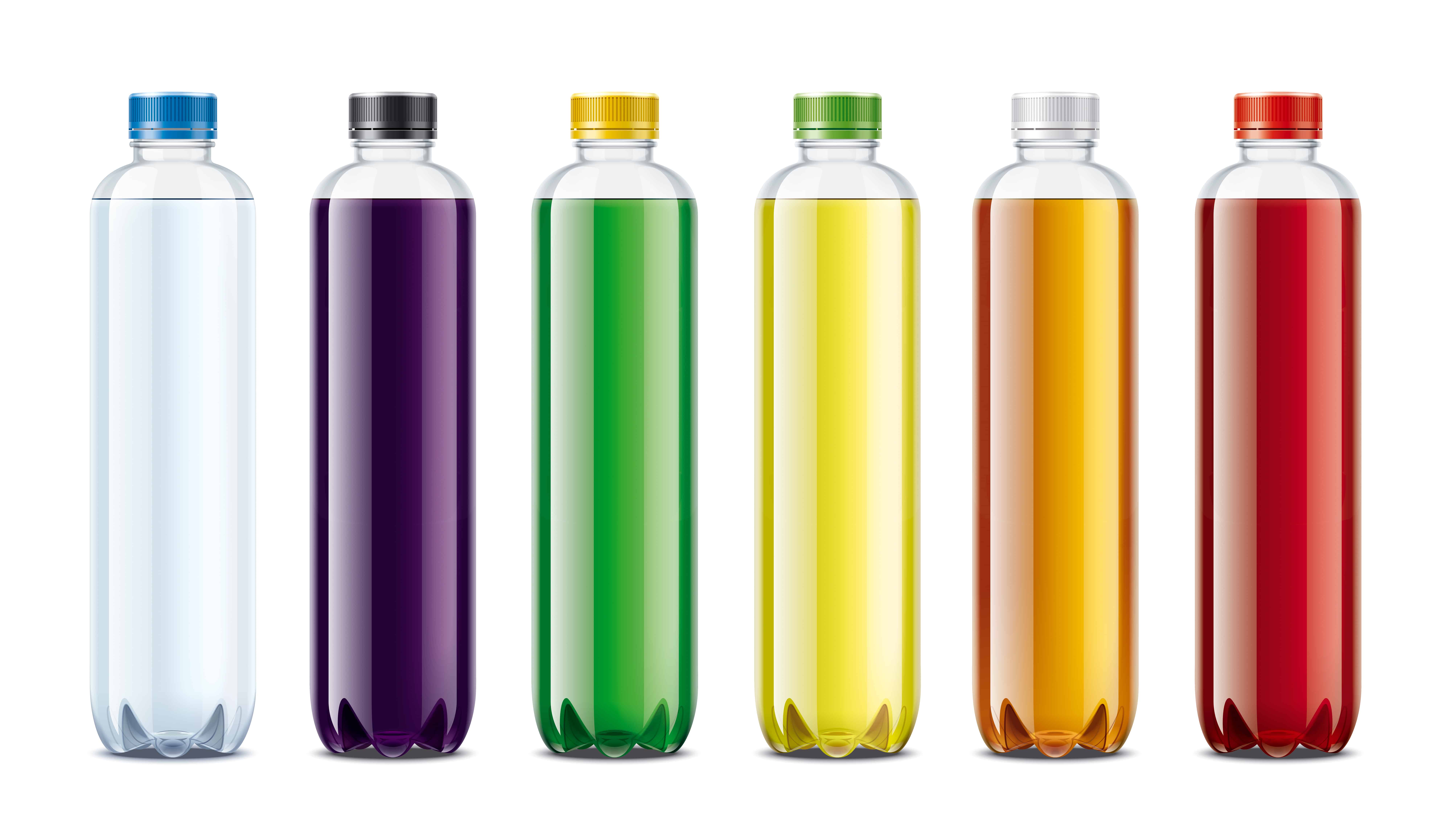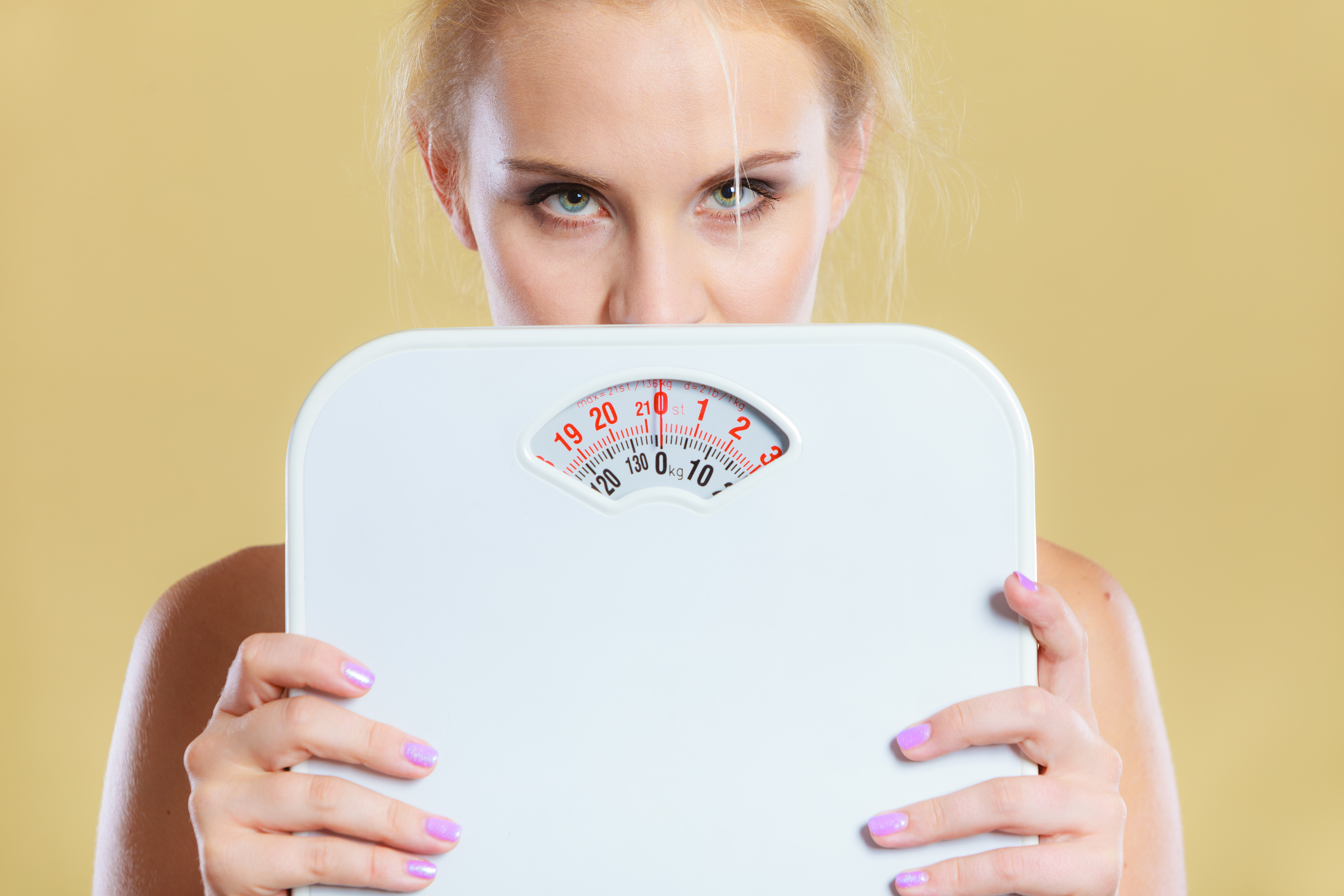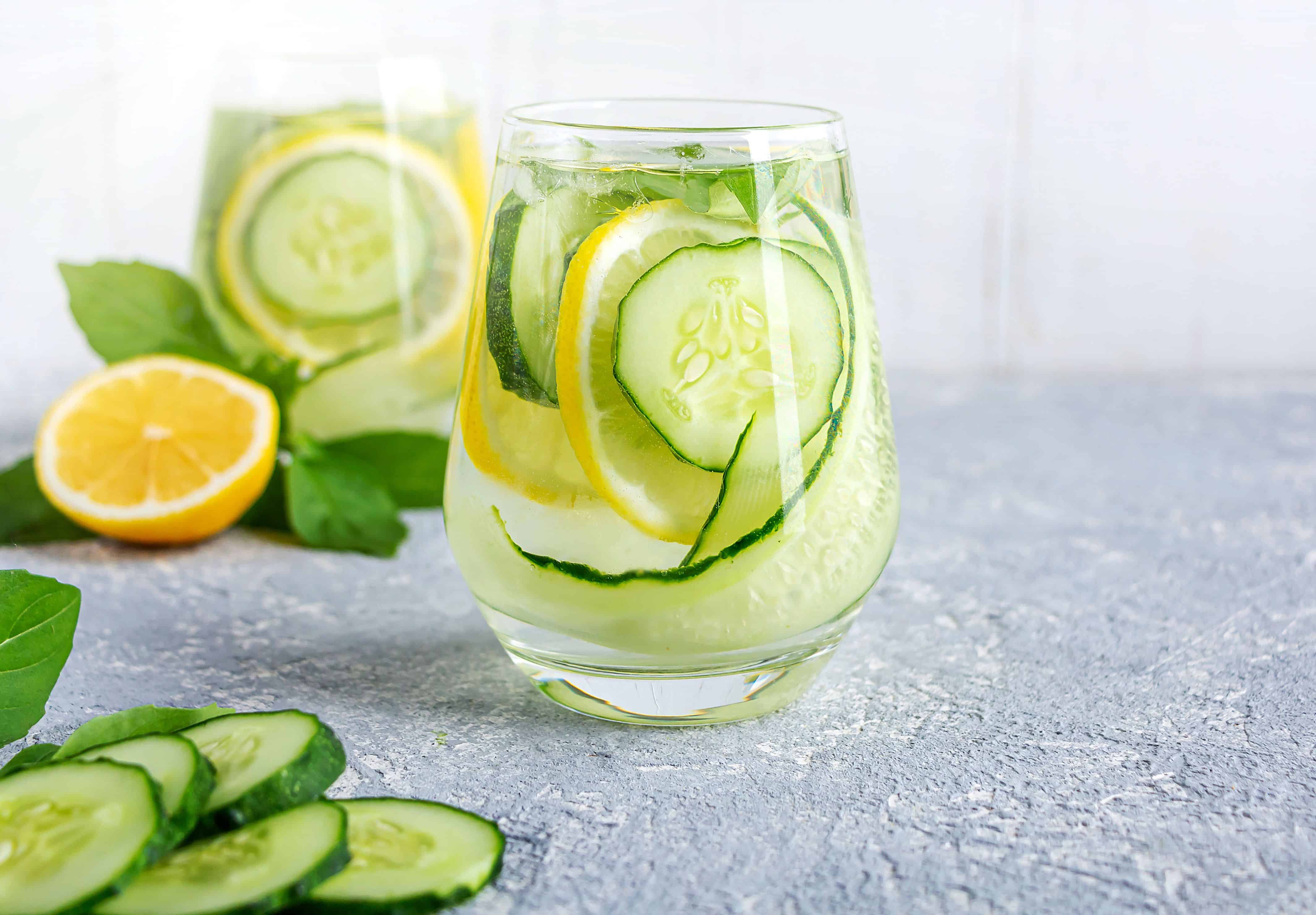A clear liquid diet is a type of diet that is often prescribed by doctors for patients who need to undergo certain medical procedures or have gastrointestinal issues such as vomiting or diarrhea. As the name suggests, a clear liquid diet consists of clear liquids that are easy to digest and leave no food bits in the digestive tract. Some examples of clear liquids include water, broth, and plain gelatin.
While a clear liquid diet may seem restrictive, it can be an important part of medical treatment. In addition to being easy to digest, clear liquids provide hydration and some energy. The diet is usually prescribed for a short period of time to rest and clean out the digestive tract. It may also be used before or after surgery on the gastrointestinal tract or before certain medical tests or procedures. However, it is important to follow the guidelines provided by your healthcare provider to ensure that the diet is safe and effective for your individual needs.
Contents
What is a Clear Liquid Diet?
A clear liquid diet is a temporary diet that consists of clear liquids and foods that are easy to digest. It is usually prescribed before or after some medical procedures or if you have digestive problems such as vomiting or diarrhea. The main purpose of a clear liquid diet is to keep you hydrated and to give your digestive system a rest.
Clear liquids are defined as liquids that are transparent and free of any solid particles. Examples of clear liquids include water, broth, tea, coffee, clear fruit juices, and sports drinks. These liquids are easy to digest and do not leave any food bits in your digestive tract.
A clear liquid diet is not nutritionally complete and should not be followed for more than a few days. It is important to talk to your doctor or a registered dietitian before starting a clear liquid diet to make sure that it is safe for you and to get guidance on how long you should follow it.
Here are some examples of foods that are allowed and not allowed on a clear liquid diet:
Foods allowed on a clear liquid diet:
- Water
- Broth
- Tea and coffee (without cream or milk)
- Clear fruit juices (without pulp)
- Sports drinks (such as Gatorade)
- Gelatin (without fruit or toppings)
- Ice pops (without fruit or cream)
Foods not allowed on a clear liquid diet:
- Solid foods
- Milk and dairy products
- Fruit juices with pulp
- Carbonated drinks
- Alcohol
- Creamy soups and sauces
- Solid fats (such as butter or margarine)
Remember, a clear liquid diet should only be followed under the guidance of a healthcare professional. If you have any questions or concerns about a clear liquid diet, talk to your doctor or a registered dietitian.
Benefits of a Clear Liquid Diet
A clear liquid diet is a short-term diet that involves consuming only clear liquids such as water, broth, and clear fruit juices. This diet is often recommended by healthcare professionals for various reasons. Here are some benefits of a clear liquid diet:
Digestive System Rest
A clear liquid diet can help give your digestive system a rest by reducing the amount of work it needs to do. This is because clear liquids are easy to digest and do not contain any solid foods that require more effort to break down. This can be especially helpful for people who are experiencing digestive issues such as diarrhea or vomiting.
Preparation for Medical Procedures
A clear liquid diet is often prescribed before medical procedures such as colonoscopies, surgeries, and diagnostic tests. This is because it helps to clear the digestive tract of any food residue, allowing for better visualization of the area being examined. This can help healthcare professionals to make more accurate diagnoses and to perform procedures more safely.
Post-Surgical Recovery
After surgery, a clear liquid diet can help to reduce the risk of complications such as nausea, vomiting, and bowel obstruction. This is because clear liquids are easy to digest and do not put additional strain on the digestive system. Additionally, consuming clear liquids can help to keep you hydrated, which is important for the healing process.
In summary, a clear liquid diet can provide many benefits, including giving your digestive system a rest, preparing for medical procedures, and aiding in post-surgical recovery. However, it is important to follow the guidelines provided by your healthcare professional and to only follow a clear liquid diet for the recommended amount of time.
Components of a Clear Liquid Diet
A clear liquid diet is a type of diet that consists of only clear liquids and foods that are clear fluids when they are at room temperature. This type of diet is often prescribed by healthcare providers before certain medical procedures or if you have digestive problems such as vomiting or diarrhea. The diet is designed to provide fluids and electrolytes while resting the digestive system. Here are the components of a clear liquid diet:
Water
Water is the most important component of a clear liquid diet. It is essential for keeping the body hydrated and maintaining normal bodily functions. Drinking plenty of water is especially important when on a clear liquid diet to prevent dehydration.
Broth
Broth is a clear liquid made by simmering meat, bones, or vegetables in water. It is a good source of electrolytes and can help prevent dehydration. Chicken, beef, and vegetable broth are all acceptable options on a clear liquid diet. It is important to choose broths that are low in sodium and do not contain any solid pieces of food.
Clear Juices

Clear juices such as apple, grape, and cranberry juice without pulp are allowed on a clear liquid diet. These juices are a good source of vitamins and minerals and can help prevent dehydration.
Tea and Coffee
Tea and coffee without milk or creamer are allowed on a clear liquid diet. These beverages can help provide energy and prevent dehydration. It is important to limit caffeine intake and avoid adding sugar or sweeteners.
Ice Pops
Ice pops made from clear liquids such as fruit juice or sports drinks are allowed on a clear liquid diet. These can help soothe a sore throat and provide hydration.
Gelatin
Gelatin is a clear liquid that is made from boiling animal bones and connective tissues. It is a good source of protein and can help prevent dehydration. It is important to choose gelatin that is clear and does not contain any solid pieces of fruit or other foods.
In summary, a clear liquid diet consists of water, broth, clear juices, tea and coffee, ice pops, and gelatin. These components are easy to digest and do not leave any food bits in the digestive tract. When on a clear liquid diet, it is important to drink plenty of fluids to prevent dehydration.
Limitations and Risks of a Clear Liquid Diet
A clear liquid diet is not suitable for long-term use as it lacks sufficient nutrients that the body needs to maintain good health. It is also not recommended for people with certain medical conditions, such as diabetes, as it can cause blood sugar levels to spike and then drop rapidly.
Nutritional Deficiencies
A clear liquid diet lacks essential nutrients such as fiber, protein, and fat. This can lead to nutritional deficiencies if followed for an extended period of time. A prolonged clear liquid diet can cause muscle wasting, weakness, and fatigue. It can also result in a weakened immune system, making the body more susceptible to infections.
Unsuitability for Long-Term Use
A clear liquid diet is not intended for long-term use. It is designed to be used for a short period of time, usually one to three days, to help the digestive system rest and recover. Prolonged use of a clear liquid diet can lead to serious health problems such as malnutrition, dehydration, and electrolyte imbalances.
In addition, a clear liquid diet can be difficult to maintain due to the limited food options available. It can also be challenging to consume enough calories to meet the body's energy needs, especially for people who are physically active or have a high metabolism.
Overall, while a clear liquid diet can be beneficial in certain situations, it is not a sustainable long-term dietary option. It is important to consult with a healthcare professional before starting a clear liquid diet, and to follow their recommendations for how long to follow the diet and when to transition back to solid foods.
When to Use a Clear Liquid Diet
A clear liquid diet is a temporary diet that consists of clear liquids such as water, broth, tea, and juices without pulp. It is used for a variety of medical reasons and is often prescribed before medical procedures, such as colonoscopies, or when a person is experiencing digestive problems.
Here are some situations where a clear liquid diet may be recommended:
Before Medical Procedures
Doctors may recommend a clear liquid diet before certain medical procedures, such as a colonoscopy or surgery. This is because a clear liquid diet helps to clear out the digestive tract, making it easier for doctors to perform the procedure. It also helps to prevent complications such as vomiting and aspiration.
Digestive Problems

A clear liquid diet may be recommended for people who are experiencing digestive problems such as nausea, vomiting, or diarrhea. The clear liquids are easier to digest and can help to prevent dehydration.
Recovery from Surgery
After surgery, a clear liquid diet may be recommended to help the digestive system recover. This is because the digestive system is often slowed down after surgery, and a clear liquid diet can help to ease it back into functioning normally.
Other Medical Conditions
A clear liquid diet may also be recommended for other medical conditions such as diverticulitis, Crohn's disease, and ulcerative colitis. These conditions can cause inflammation in the digestive tract, and a clear liquid diet can help to reduce inflammation and provide relief.
It is important to note that a clear liquid diet is not intended for long-term use and should only be followed under the guidance of a medical professional.
Alternatives to a Clear Liquid Diet
While a clear liquid diet may be necessary for certain medical procedures or conditions, it can be difficult to maintain for an extended period of time. Here are some alternatives that can provide more variety while still being easy to digest:
- Full liquid diet: A full liquid diet includes all the items allowed on a clear liquid diet, plus foods that are liquid or will turn to liquid at room temperature. This can include milk, yogurt, cream soups, and smoothies. It is important to avoid foods with chunks or solid pieces.
- Pureed diet: A pureed diet consists of foods that have been blended or mashed into a smooth consistency. This can include fruits, vegetables, meats, and grains. It is important to avoid foods with chunks or solid pieces.
- Soft diet: A soft diet includes foods that are easy to chew and swallow, but do not necessarily need to be pureed or liquid. This can include cooked vegetables, soft fruits, tender meats, and cooked grains.
- Low-fiber diet: A low-fiber diet includes foods that are easy to digest and do not leave residue in the digestive tract. This can include white bread, white rice, cooked vegetables, and tender meats.
It is important to consult with a healthcare provider or registered dietitian before making any changes to your diet. They can provide personalized recommendations based on your specific medical needs and dietary restrictions.
Conclusion
In conclusion, a clear liquid diet is a specific dietary plan that consists solely of liquids that are fully clear. This type of diet is often prescribed for short periods to rest and clean out the digestive tract while providing adequate hydration and some energy. The diet is typically used before medical tests, procedures, or surgeries, or if you need to give your gastrointestinal (GI) system a rest.
Clear liquid diets are low in fiber, protein, and other essential nutrients that are necessary for a healthy diet. Therefore, it is important to follow the diet only for the prescribed amount of time and to gradually reintroduce solid foods as advised by a healthcare professional.
The following items are often part of a clear liquid diet:
- Water, plain, carbonated, or flavored
- Fruit juices without pulp, such as apple, grape, or cranberry
- Clear broth, bouillon, or consommé
- Clear fruit-flavored drinks, such as lemonade or sports drinks
- Gelatin desserts, such as Jell-O, without fruit or toppings
- Ice pops without fruit pulp or cream
- Tea or coffee without milk or creamer
It is important to note that not all clear liquids are appropriate for a clear liquid diet. For example, milk, cream, and other dairy products are not allowed, and some fruit juices with pulp may not be allowed. It is always best to consult with a healthcare professional to ensure that you are following the correct clear liquid diet for your specific needs.
In summary, a clear liquid diet is a temporary dietary plan that is prescribed for specific medical reasons. It is low in essential nutrients and should not be followed for an extended period. Always follow the advice of a healthcare professional when following a clear liquid diet.
Frequently Asked Questions
What foods can I eat on a clear liquid diet?
A clear liquid diet typically includes clear liquids such as water, fruit juices without pulp, clear broth, tea, black coffee, and ginger ale. Other options may include ice chips, popsicles, and clear gelatin desserts. It is important to note that solid foods, milk, and dairy products are not allowed on a clear liquid diet.
What are some filling options for a clear liquid diet?
While a clear liquid diet may not be as filling as a regular diet, there are some options that can help keep you satisfied. Broths and clear soups can provide some nourishment and help keep you feeling full. Additionally, drinking plenty of water and other clear liquids throughout the day can help reduce hunger pangs.
What soups are allowed on a clear liquid diet?
Clear broths and soups are typically allowed on a clear liquid diet. This may include chicken, beef, or vegetable broth, as well as clear soups made with vegetables, noodles, or rice. It is important to strain any solids from the soup to ensure that it is completely clear.
What should I avoid on a clear liquid diet?
Solid foods, milk, and dairy products should be avoided on a clear liquid diet. Additionally, anything with pulp, seeds, or chunks of food should be avoided. This includes fruit juices with pulp, creamed soups, and anything that requires chewing.
How can I survive a clear liquid diet?
While a clear liquid diet may be challenging, there are some tips that can help make it more manageable. Drinking plenty of fluids throughout the day can help reduce hunger pangs and keep you feeling full. Additionally, sipping on clear broth or tea can help provide some nourishment and keep you feeling satisfied.
What kind of Jell-O is allowed on a clear liquid diet?
Clear gelatin desserts are typically allowed on a clear liquid diet. This may include Jell-O made with clear fruit juices or water. It is important to avoid any Jell-O with added fruit, cream, or other solid ingredients.






